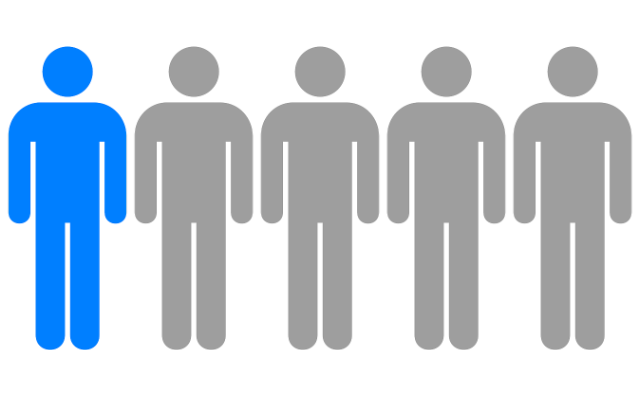The Paradox of the Conventional Approach
(Why exercising does not work, and what we can do about it.)
If you frequent gyms or urban parks, you have probably noticed the shift in the demographics among those who come out for a regular jog, a bike spin, or a group yoga class. You will agree that it looks a lot different now than it was even ten years ago. These days, we see many people of various ages and backgrounds working out along with devoted/avid fitness enthusiasts. Their goals are not, necessarily, to maintain a model-like appearance or to improve their sports performance but to, perhaps, better their health and wellbeing. This is due to the general consensus that physical activity is an integral part of proper health management. Physicians may recommend physical activity as a remedy or a supplement to medical treatments for many health conditions.

For the last 20 years, we have been witnessing a gradual increase in the number of people embracing regular physical activities to adhere to the guidelines promoted by experts in the health and fitness industries. Today, about one out of five adults in the US meets the minimum physical exercise requirements.
Despite the broader acceptance of regular exercise by a larger segment of the US population, however, we are still observing a steady expansion of the diseases people are trying to address with exercise in the first place.
According to the recommendations provided by the U.S. Department of Health and Human Services:
"For substantial health benefits, adults should do at least 150 minutes to 300 minutes a week of moderate-intensity, or 75 minutes to 150 minutes a week of vigorous-intensity aerobic physical activity, or an equivalent combination of moderate- and vigorous-intensity aerobic activity. Adults should also do muscle-strengthening activities of moderate or greater intensity that involve all major muscle groups on 2 or more days a week, as these activities provide additional health benefits."
Learn more about the current recommendations here.
To put it plainly, we have been diligently following official recommendations, but there have been no positive trends. According to the collected statistical data from the CDC and the National Center for Health Statistics, presently, more people are getting sick now than they were ten years ago. That's a very paradoxical situation, wouldn't you agree!?
I imagine what goes through the minds of the people who have been giving it their all without getting the results they wanted. They must be thinking: "I knew it wasn't just me."
Perhaps, It Wasn't "Just You.”
Perhaps, the solution you were trying to adopt was faulty from the start. Perhaps, that’s the reason why so many of us give up. And, perhaps, that's why there are still so few people who adhere to the guidelines. Perhaps, these guidelines are not as effective as we were led to believe, or, perhaps, there are new factors at play.
Perhaps, it's time we challenge the old conventions. Perhaps, that's exactly what we are about to do!
Where Do We Start?
The scientific research community has been continuously working on understanding the bio-physiological processes that lead to health issues and how they correlate with the observed tendencies for ever-increasing global inactivity. They regularly produce tons of valuable findings that can be used by the medical and fitness communities to design solutions for battling the adverse effects of inactivity.
It has become apparent, however that there is a significant lag between scientific discoveries and innovations in public health policies. As we know, the recently reported data suggests that, despite the wide adoption of the promoted guidelines for physical activity, there have been no significant improvements. This points to the fact that the recommendations were possibly based on mishandled or faulty evidence, or that there are other – previously unknown – factors at play. Based on my research and personal experience, I am inclined to believe that it is mostly the former.
But don’t just take my word for it (or anybody else's for that matter); let's see what the numbers say.